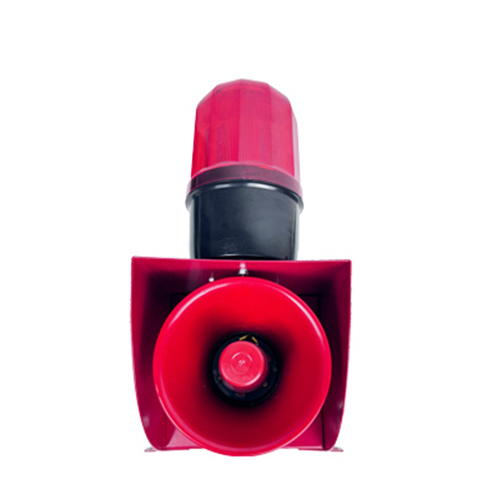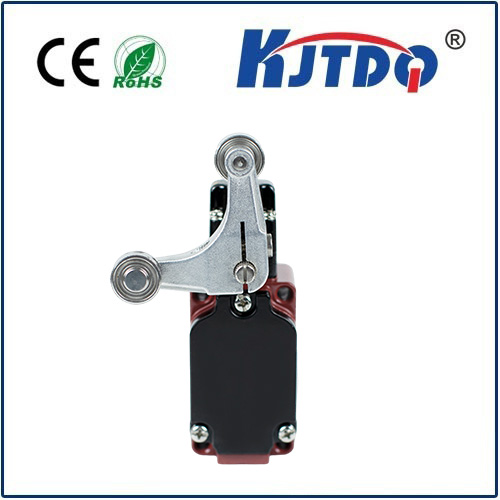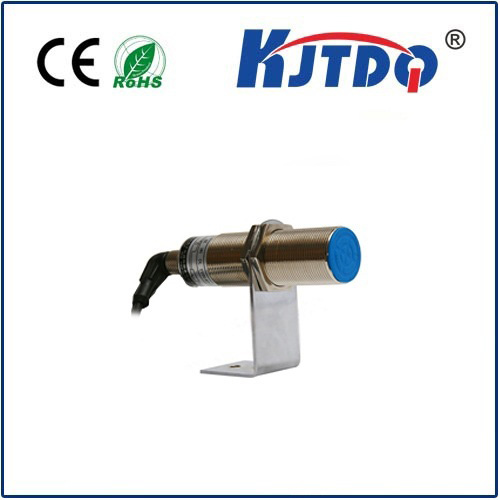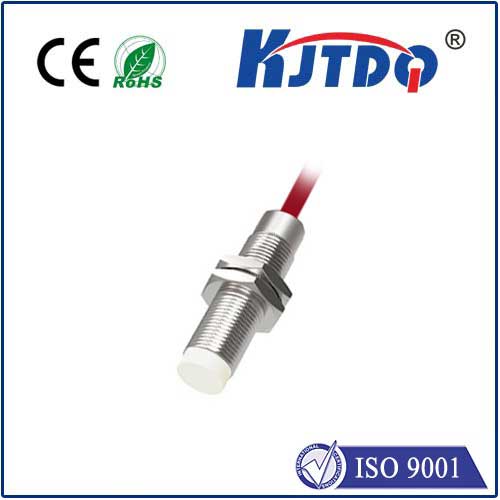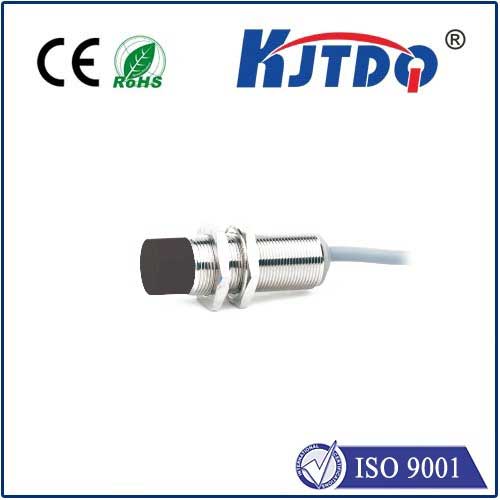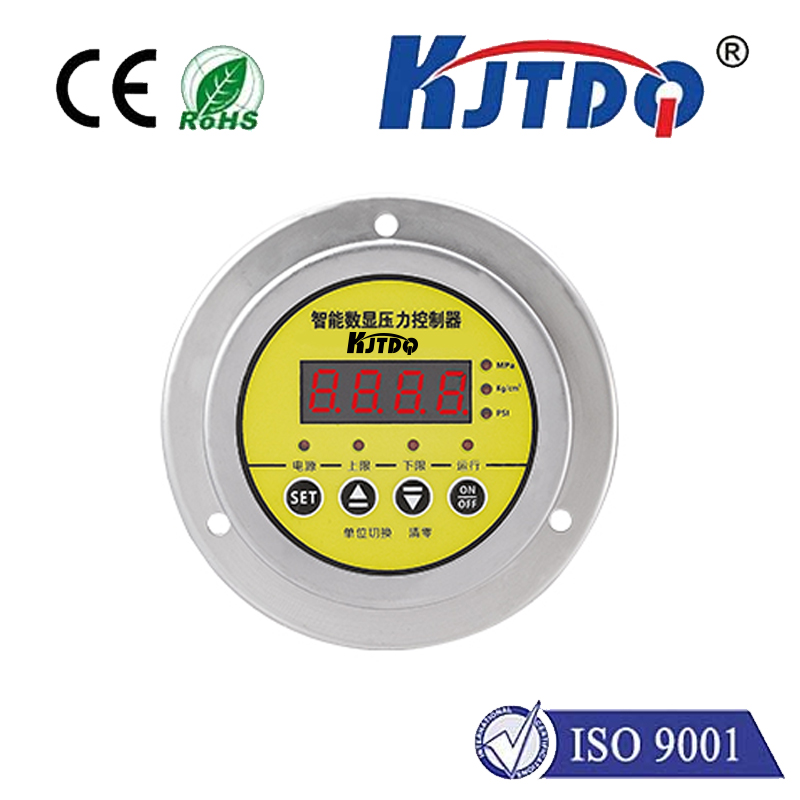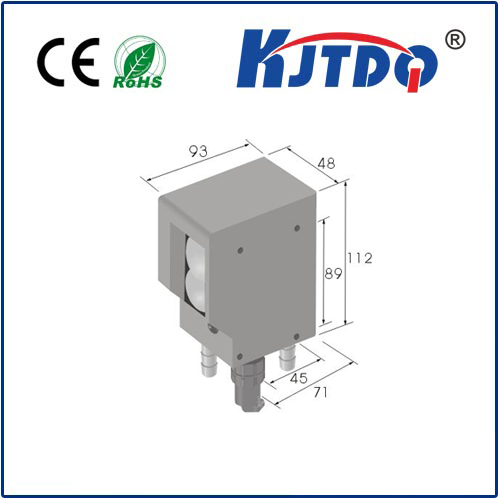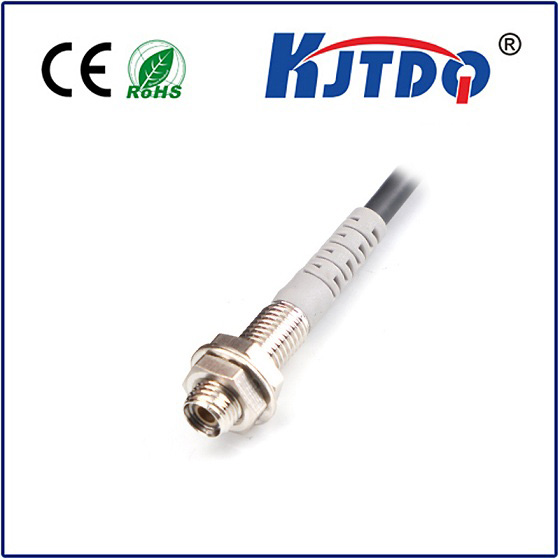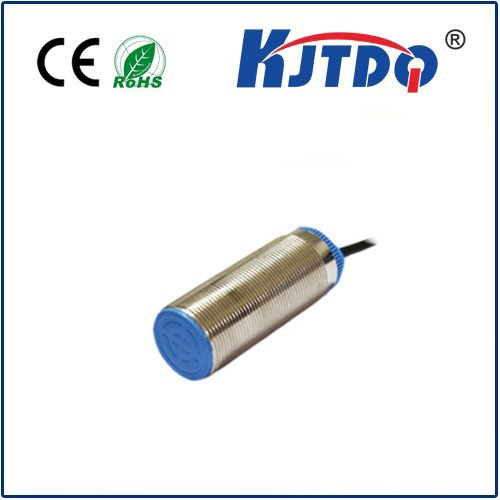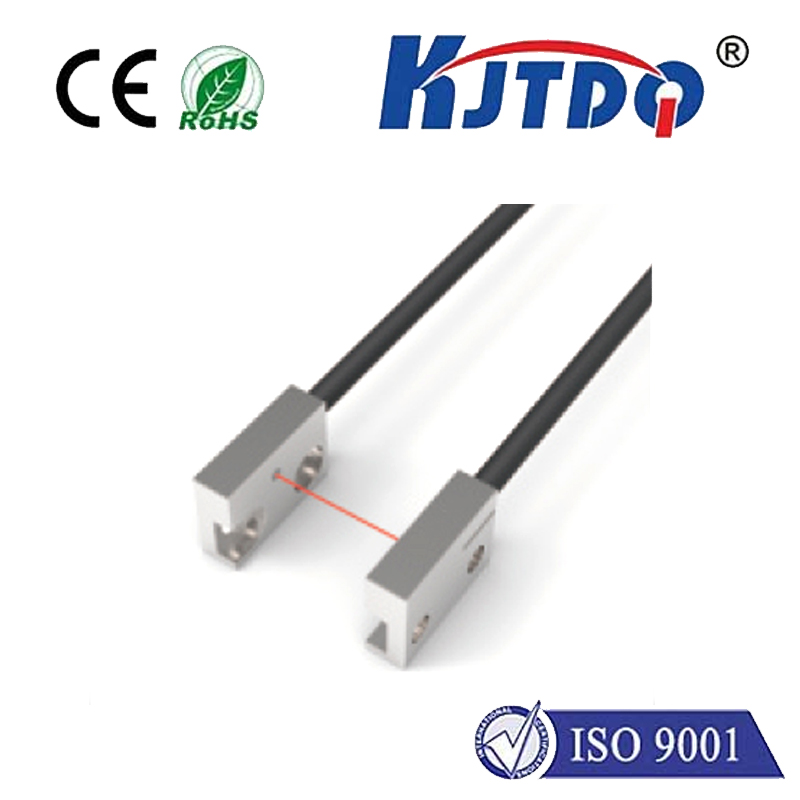

check

check

check

check
Radar Type Water Level Sensor: Enhancing Efficiency and Accuracy in Water Management
In modern industrial and agricultural settings, the accurate monitoring of water levels is critical for maintaining operational efficiency and preventing costly leaks or flooding. A radar type water level sensor has emerged as a highly effective solution for this challenge, offering precise measurement capabilities and robust performance in various environments. This article explores the working principle, benefits, and practical applications of radar type water level sensors, making them a valuable tool for water management systems.
A radar type water level sensor operates by emitting electromagnetic waves and measuring the time it takes for the waves to return after reflecting off the water surface. This method allows for non-contact measurement, eliminating the need for physical probes or sensors that may be prone to damage or interference. The sensor uses a ultrasonic or microwave transmitter, which sends out a high-frequency signal into the water. The reflected signal is then processed by the sensor to calculate the distance to the water surface with high precision. This technology is particularly advantageous in environments where traditional sensors may struggle, such as in high-temperature or high-velocity water flows.

One of the key advantages of radar type water level sensors is their ability to function in unstable or harsh environments. Unlike traditional sensors that may be affected by water flow, temperature changes, or electromagnetic interference, radar sensors provide consistent and reliable data. This makes them ideal for use in water treatment plants, hydroelectric dams, and irrigation systems, where environmental conditions can vary widely.
Moreover, radar type water level sensors are easy to install and maintain. They typically require minimal setup and can be mounted in a variety of locations, including above the water tank, along pipelines, or in remote areas. The non-contact nature of the sensor reduces maintenance costs and downtime, making it a cost-effective solution for long-term water management.
In addition to its practical benefits, radar type water level sensors also offer high accuracy and real-time data. This enables operators to make informed decisions quickly, optimizing water usage and preventing overflows or shortages. The sensor’s ability to provide continuous monitoring ensures that water levels are maintained within safe limits, reducing the risk of damage to equipment or environmental harm.
For industries that rely heavily on water, such as agriculture, energy, and manufacturing, the implementation of radar type water level sensors can significantly improve operational efficiency. By ensuring accurate and timely water level data, these sensors help in managing water resources more effectively, supporting sustainability goals and reducing waste.
In conclusion, radar type water level sensors represent a significant advancement in water monitoring technology. Their ability to provide precise, reliable, and non-invasive measurements makes them an essential component of modern water management systems. As industries continue to seek more efficient and sustainable solutions, the adoption of radar type water level sensors will become increasingly important.
